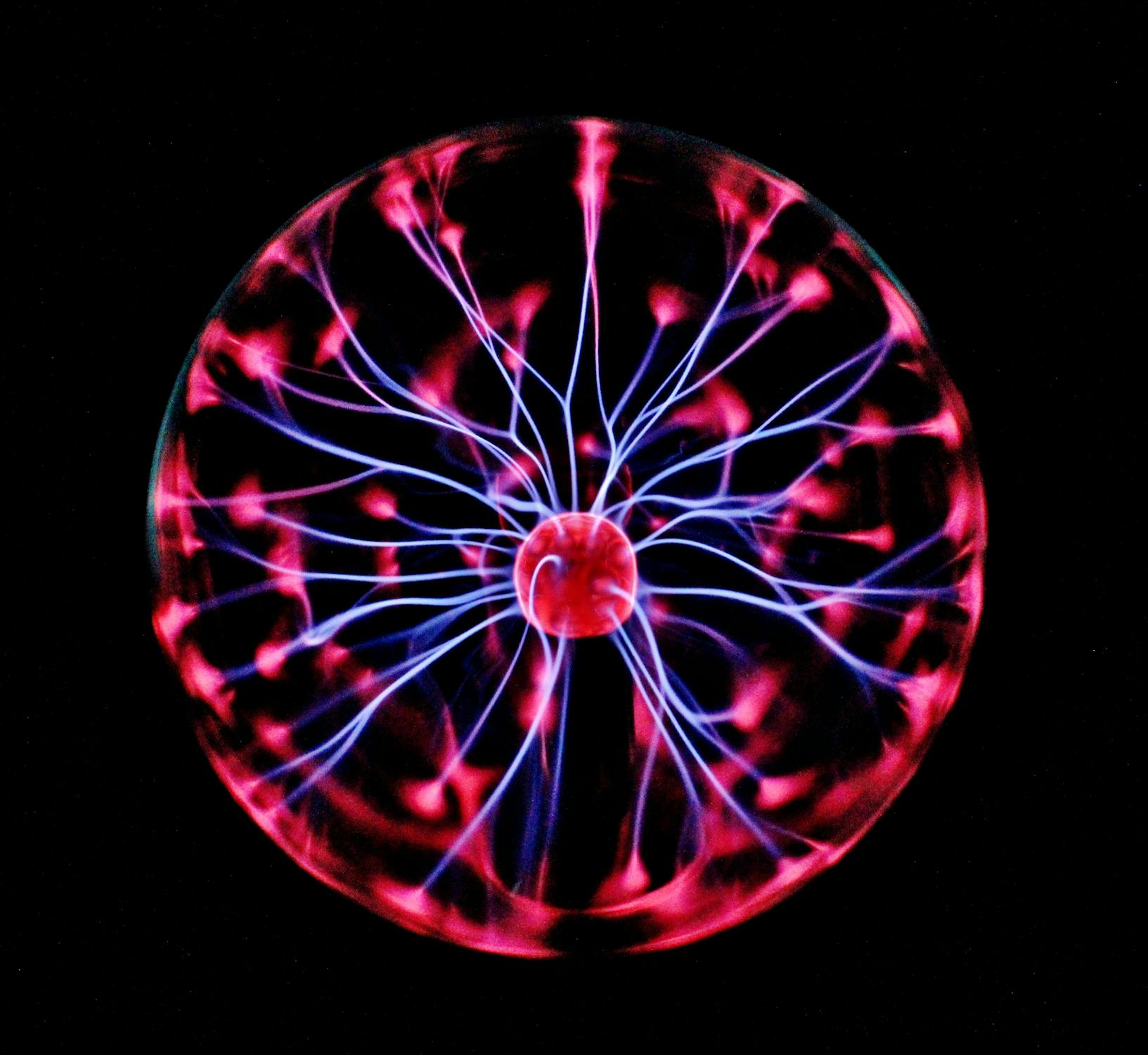The Silent Highway
How a Tiny Neural Pathway Rewrote Our Understanding of Pain and Hunger
The Hypothalamic Enigma
Imagine a world where the simple acts of eating, drinking, or feeling a gentle touch become impossible. This was the haunting reality for rats in mid-20th century neuroscience labs, where lesions in a pea-sized brain region called the lateral hypothalamus (LH) triggered a devastating condition: lateral hypothalamic syndrome 6 . Animals stopped eating and drinking entirely, appearing indifferent to starvation. For decades, scientists believed this proved the LH was the brain's "hunger center." But a scientific detective story was unfolding, centered around a mysterious neural pathway called the trigeminal lemniscus – revealing that nothing in the brain operates in isolation 1 3 .

Decoding the Neural Players
Lateral Hypothalamus: Beyond Hunger
The LH isn't just about food. This hub regulates arousal, stress responses, and pain through specialized neurons:
Trigeminal Lemniscus: The Sensory Highway
This pathway carries facial sensation from the trigeminal nerve to the thalamus. It's the reason you feel a fly on your cheek or sense temperature changes on your skin. Damage causes:
- Numbness in facial regions
- Loss of corneal reflex (protective eye blink)
- Impaired chewing 5
Key Insight
This pathway skirts the LH. Early lesion techniques often accidentally damaged both, leading to a 20-year misconception 1 3 .
When damaged, the classic "LH syndrome" unfolds in phases:
1. Aphagia/adipsia
Complete refusal of food/water
2. Recovery
Gradual return of eating (starting with palatable foods)
3. Residual deficits
Persistent regulatory issues in water balance 6

The Paradigm-Shifting Experiment: 1975
In a landmark Science study, Stricker, Rowland, and Zigmond challenged the dogma that LH lesions directly caused starvation 1 7 . Their ingenious approach separated LH damage from trigeminal lemniscus injury.
Methodology: Precision Lesioning
| Group | Lesion Type | Target |
|---|---|---|
| 1 | Electrolytic | Lateral hypothalamus (LH) |
| 2 | Radiofrequency | Trigeminal lemniscus (TL) |
| 3 | Chemical (6-OHDA*) | Dopaminergic neurons near LH |
| 4 | Sham surgery | No neural damage |
*6-hydroxydopamine selectively destroys catecholamine neurons 1
Procedures:
- Stereotaxic surgery: Rats placed in precision frames to target brain coordinates
- Behavioral monitoring: Recorded feeding/drinking for weeks post-surgery
- Histological verification: Examined brains post-mortem to map lesion locations
- Pharmacological tests: Administered serotonin precursors to some malnourished rats 1 3
Results & Analysis
Table 1: Comparing Lesion Effects
| Group | Aphagia Duration | Facial Sensation | Recovery Outcome |
|---|---|---|---|
| LH electrolytic | 5-10 days | Intact | Full recovery possible |
| TL damage | Permanent deficits | Lost corneal reflex | Persistent food manipulation issues |
| 6-OHDA LH | Mild/moderate | Intact | Rapid recovery |
| Sham | None | Normal | Normal |
Table 2: Recovery Timeline After LH Lesions
| Phase | Duration | Behavior | Critical Support |
|---|---|---|---|
| Acute | 1-2 weeks | No voluntary eating/drinking | Tube feeding essential |
| Transitional | 1-3 weeks | Eats palatable foods only | Sweet wet foods sustain life |
| Regulatory | Weeks-months | Eats normal food but impaired thirst | Need help regulating water balance |
The Bombshell Finding
Trigeminal lemniscus damage caused permanent sensory-motor deficits – rats couldn't manipulate food even when hungry. Meanwhile, selective LH neuron destruction (6-OHDA group) caused only transient feeding issues. This proved facial sensation loss – not "hunger center" destruction – explained many "LH syndrome" deficits 1 3 .
The Scientist's Toolkit: Decoding Neural Circuits
| Tool/Reagent | Function | Key Study Role |
|---|---|---|
| Stereotaxic apparatus | Precise brain targeting | Lesion placement accuracy 1 |
| 6-hydroxydopamine (6-OHDA) | Selective neurotoxin for catecholamine neurons | Isolated LH neurotransmitter-specific effects 1 |
| Immunohistochemistry | Visualizes specific proteins in brain tissue | Verified lesion locations and neuronal loss 3 |
| GCaMP calcium imaging | Records real-time neuron activity | Modern studies tracking LH neuron pain responses 8 |
| Optogenetics | Light-controlled neuron activation | Proved LHPV neurons inhibit pain in PAG 8 |
| Creatine | 57-00-1 | C4H9N3O2 |
| AAD-2004 | 927685-43-6 | C16H14F3NO3 |
| DAA-1106 | 220551-92-8 | C23H22FNO4 |
| Davercin | 55224-05-0 | C38H65NO14 |
| p,p'-DDE | 72-55-9 | C14H8Cl4 |
Modern Implications: Pain, Hunger & Hope
The trigeminal lemniscus discovery reshaped neurology:
Migraine & Cluster Headaches
Now linked to hypothalamic-trigeminal interplay 4
- Hypothalamic deep brain stimulation reduces cluster headache pain
- Orexin pathways modulate trigeminal pain signaling
Neuropathic Pain Treatments
Activating LH parvalbumin neurons reduces chronic pain in mice, even restoring morphine efficacy in tolerant animals 8
Precision Surgery
Modern approaches avoid trigeminal pathways during hypothalamic tumor removal
Ongoing Mysteries
- Why do some LH-lesioned rats permanently ignore water but eat normally?
- How do neurotensin neurons specifically gate inflammatory vs. neuropathic pain? 9
- Can we harness LH orexin cells to treat both pain and sleep disorders?

Conclusion: The Connected Brain
The trigeminal lemniscus story is a neuroscience lesson in humility. What appeared to be a localized "hunger center" was actually a network disruption involving sensory highways. Modern research continues to reveal the LH as a multifunctional hub where hunger, pain, and stress signals converge. As one researcher noted, "The brain doesn't read textbooks" – and every solved mystery reveals deeper layers of connection. Today's studies exploring LH circuits for pain relief stand on the shoulders of those 1970s lesion experiments that taught us to see the brain as an integrated system, not a collection of isolated switches 1 3 8 .